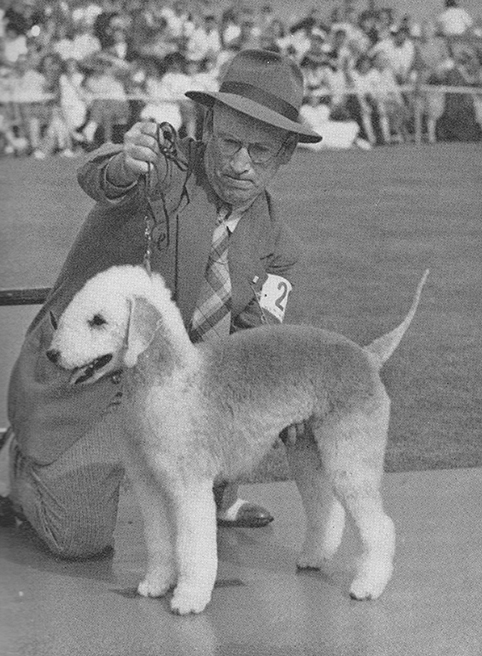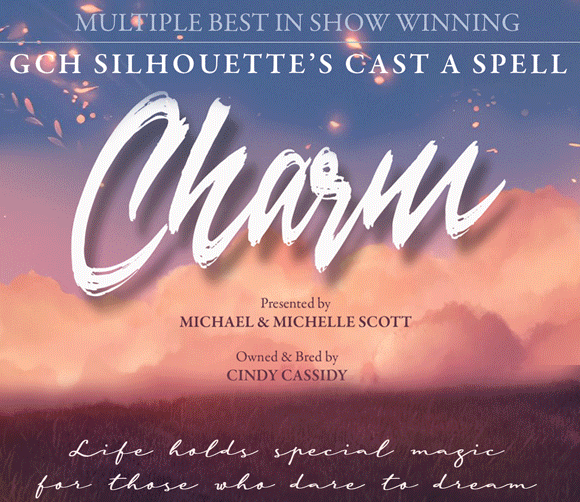Morris and Essex 1947 – Expect the Unexpected
By Amy Fernandez
Geraldine Dodge generally got her way with things, both personal and professional. Yeah, she was incredibly rich but she was also very smart. When she decided to stage her own dog show on the grounds of her Giralda Farms estate back in 1927 AKC was happy to oblige. In those days, they needed all the support they could get. Their attitude changed over the years as the show steadily outstripped everything else going on in the sport. By 1947 no one considered M & E a joke -or a rich lady’s personal indulgence.
During the war years there was wide speculation about its permanent demise. But it returned in 1946, definitely smaller but no less grand. As the nation’s prospects brightened M & E kept pace. As Arthur Fredrick Jones said in his 1947 show report “Ten years ago this show was in the colossal class and anything done since was almost in the nature of gilding the lily.”
Every part of the show remained limited due to lingering wartime shortages. For instance, very few catalogs were printed. But it was a bit more expansive than the previous year, with 34 breeds invited and 200 or so more entries. And there were 25,000 spectators, a turnout that oddly seemed to remain stable regardless of all other factors. But nothing confirmed M & E’s enduring star power more than show’s extensive New York Times coverage. Clearly, it was more than a dog show. It was social event, a political event, and a huge mass media bacchanal.
That doesn’t imply any lack of competition. The BIS lineup was fierce. The BIS Cocker, Country Gossip handled by Harry Sangster was the clear front runner. Sangster had already shown him to ten specialty wins, 51 groups and 24 Bests and he didn’t come all the way from California for nothing. But there were also a couple of really competitive owner/handled dogs in there. The Pom Ch. Little Timstopper, had gone Best his first time out at New Haven one year earlier and taken a Westminster group three months prior. And Hayes Blake Hoyt was in there with another one of those fabulous big white Standards, Ch. Blakeen Osprey, likewise a multiple BIS winner.
As far as Terriers, the competition was about what you’d expect. Marlu Farms had their big winning Scottie in there, Deephaven Warspite. He was up against another one of those unbeatable Wires imported from Crackley, but the Twin Ponds Welsh was considered the easy winner. Midway through 1947 he seemed to be dividing that year’s shows with Sangster’s Cocker.
It’s fair to say that nobody was looking at the 14 month old Bedlington class dog. As John Rendel said in his Times report “Surprise was two-fold since Bedlngtons haven’t been conspicuous as BIS winners.” It’s hard to say what stunned them the most, the Welsh going Group Fourth or this class dog going Group First.
Yeah, it was a shocker, even for his handler Tony Neary. With over 40 years in the breed, Neary was considered the premier Bedlington expert but even he didn’t see this one coming. He had a special in there, actually Night Rocket’s sire. (That unexpected turn of events signaled his retirement). But that’s what makes dog shows so interesting. As we know, within a year, Neary would also handle Night Rocket to the breed’s one and only Westminster BIS and his second Best at M & E in 1948.
Short URL: https://caninechronicle.com/?p=213751
Comments are closed













